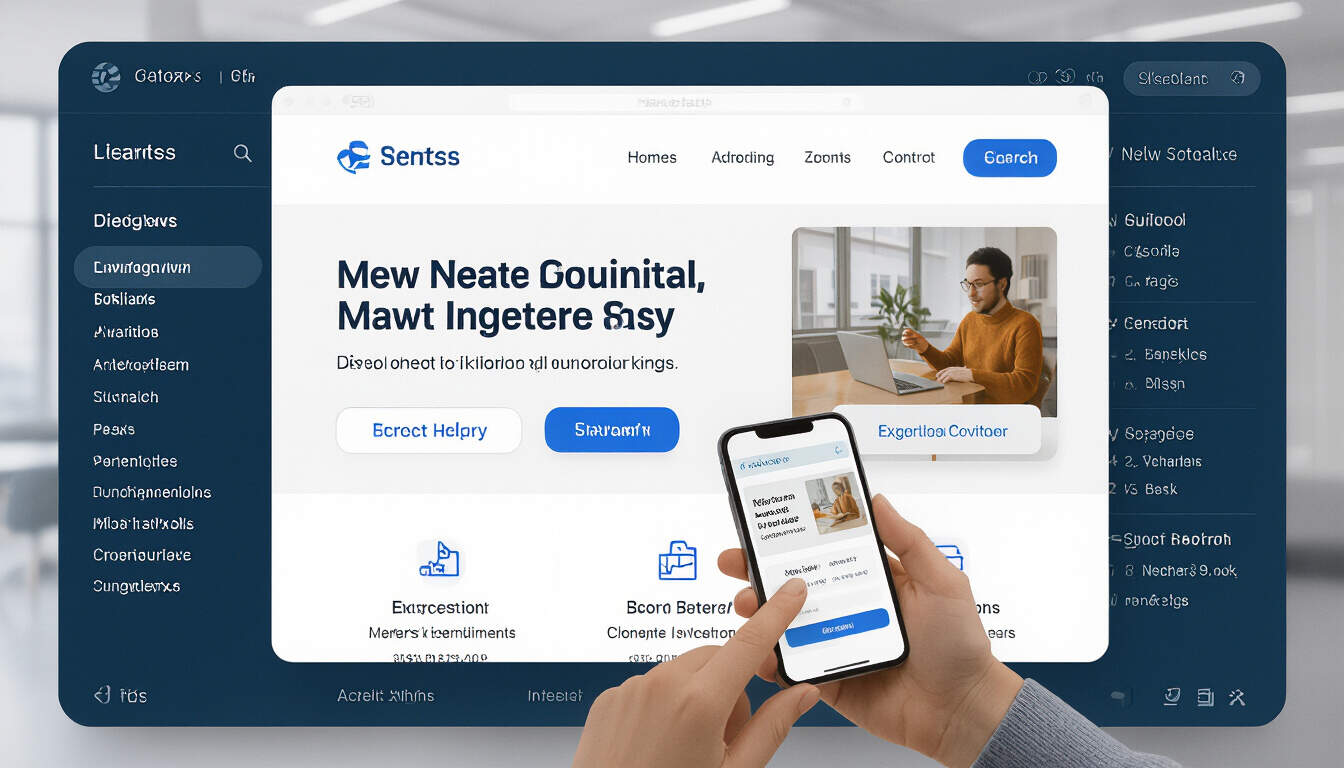Essential Tips for a Mobile-Friendly Website Without Spending
 by Verner Mayer
by Verner Mayer
Discover practical ways to make your website mobile-friendly using free methods. Learn about responsive design, testing tools, and optimization strategies that help entrepreneurs grow their online presence cost-effectively, boosting user engagement and reach.

Making your website mobile-friendly is key for reaching more users and growing your business without costs. This approach helps ensure that your site performs well on smartphones and tablets, which many people use daily.
Why Focus on Mobile-Friendliness?
A mobile-friendly site can improve user experience and increase traffic. For entrepreneurs and small business owners, this means more visitors without paid ads. By adapting your site, you create an environment where people stay longer and return often. This can lead to better conversion rates and steady growth.
One important aspect is that search engines favor sites that work well on mobile devices. This gives your business an edge in visibility. For instance, if your site loads quickly on a phone, users are less likely to leave right away. mobile-friendly website tips like these allow you to compete with larger companies using only free resources.
Start with Responsive Design
Responsive design adjusts your site's layout to fit different screen sizes. This technique uses flexible grids and images that scale automatically. To implement it, begin by checking your current site's code. If you use platforms like WordPress, many free themes already include this feature.
For custom sites, edit CSS files to make elements flexible. This might involve setting widths in percentages rather than fixed pixels. Once done, your site will look good on any device. Remember, simple changes can make a big difference in how users interact with your content.
Use Free Testing Tools
There are several free tools to check if your site is mobile-ready. For example, Google's mobile-friendly test lets you enter your URL and get instant feedback. It highlights issues like text size or clickable elements that are too small.
Another tool is BrowserStack, which offers a free version for testing on various devices. This helps you see how your site appears on different phones without owning them. By fixing problems found through these tools, you ensure a smooth experience for visitors.
Optimize Images and Content
Large images can slow down your site on mobile networks. Compress them using free online tools like TinyPNG or ImageOptim. This reduces file sizes without losing quality, making pages load faster.
For content, keep it concise and easy to read. Use short paragraphs and bullet points to break up text. This way, users can scan information quickly on smaller screens. Adding alt text to images also helps with accessibility and can improve your site's performance.
Implement Basic Speed Improvements
Site speed is crucial for mobile users. Minify your CSS and JavaScript files to remove unnecessary spaces and code. Tools like HTML Minifier do this for free. Also, enable browser caching so that returning visitors load pages quicker.
Remove any plugins or scripts that aren't essential, as they can add extra weight. These steps might seem small, but they add up to a faster site that keeps users engaged.
Encourage User Feedback
After making changes, ask visitors for feedback through simple forms or surveys. This can be done with free services like Google Forms. Their input will guide further improvements and help you refine your site over time.
Track Your Progress
Use free analytics tools like Google Analytics to monitor how users behave on your mobile site. Look at metrics such as bounce rates and session durations. If you notice improvements, it means your efforts are paying off and helping your business grow.
Put It into Practice
Start by picking one or two tips and applying them right away. For example, test your site and fix any mobile issues first. Then, optimize images and content for better performance. Over time, these actions will build a strong foundation for your online presence.
By focusing on these methods, entrepreneurs can see real results. A mobile-friendly site attracts more organic traffic and supports long-term success. Keep experimenting and learning from what works best for your audience.
In summary, with a bit of effort and the right strategies, you can achieve a mobile-friendly website that drives growth without any budget. This not only helps in reaching more people but also builds a loyal user base that values your content.
